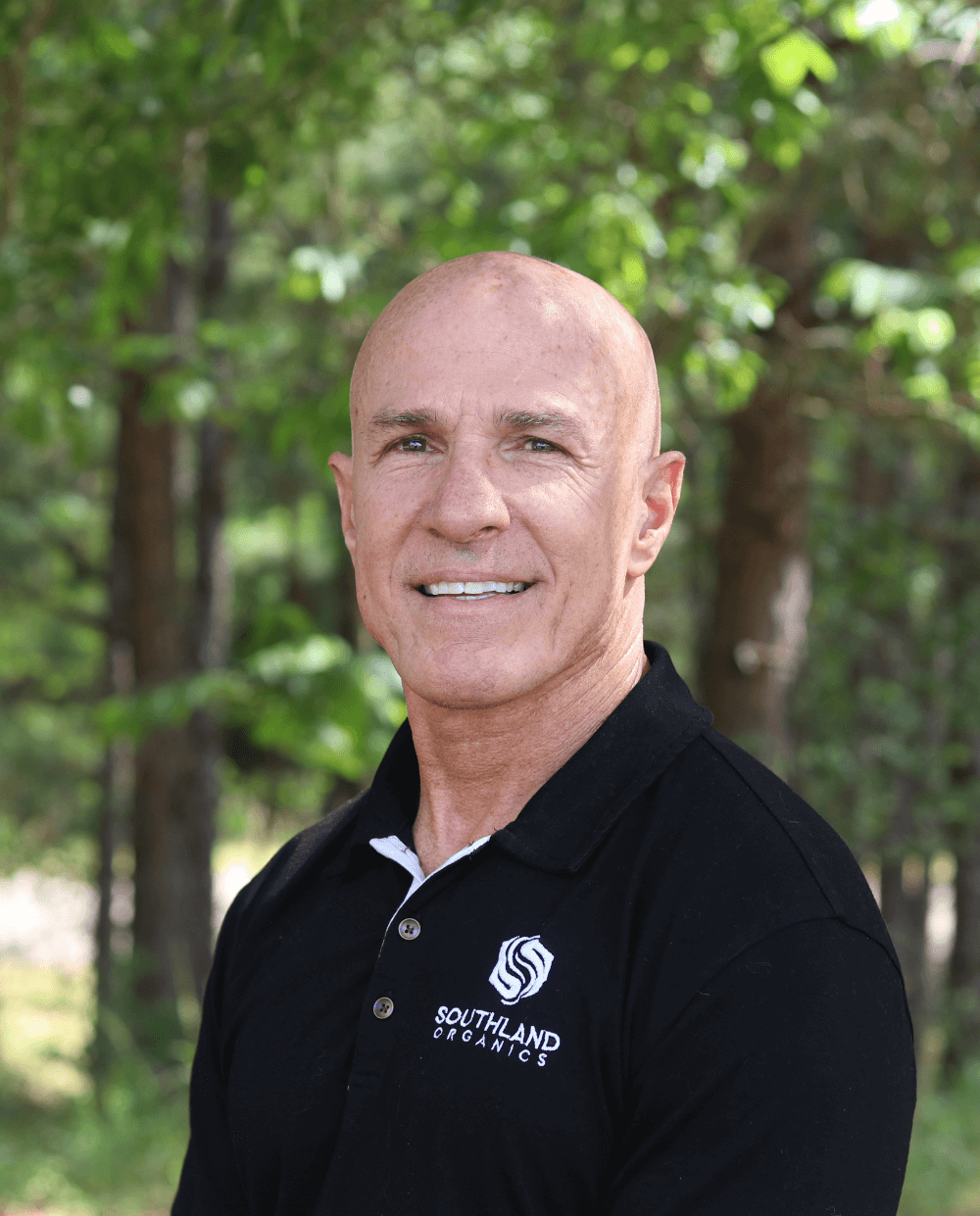There's nothin' like farmer-to-farmer advice. That's why we talked to John Tuck of Tuck Farms, the world's largest bobwhite quail hatchery and producer of quail and pheasants, to pass along his top tips for quail growers.
Farmer-to-Farmer Advice

How many quail chicks is too many quail chicks? Now, we didn't ask John this question, but we can guess what he'd probably say: no such thing. For this year alone, Tuck Farms has set a goal of 1.4 million chicks.
John says once he sells eggs or chicks to folks, they often call with questions, and he is always happy to help—much like he was happy to share this advice with you guys.
Probiotic System
John says he's learned that a good probiotic system is a good start. For poultry probiotics, we recommend Big Ole Bird, a powerhouse of probiotics, organic acids and biologically active carbon that strengthens your birds’ natural defense system from within.
Water Quality
John says they often use acidifiers in their water to keep their pH nice. Before chick placement, they go through and clean their drinker line system with a sanitizing product.
Litter Condition
John also stresses the importance of litter condition. Nasty, dirty, wet litter must be taken care of. What kind of acidifier is there? What kind of products can be put down to make things right? For a poultry litter amendment, we recommend Litter Life.
Quail Eggs and Chicks
John says chick quality is great if you're producing your own eggs. He discusses the importance of knowing what kind of chick quality you're getting and how quickly you're getting your chicks to the barns after hatching eggs.
How to Combat Problems Faced by Quail Farmers

We've said this before and we'll say it again: One of the best things you can put on your farm is your shadow. That way, you can stay on top of things and pay attention to details to prevent issues and catch problems before they arise.
Despite a farmer's best efforts to keep an eye on everything, some things just can't be prevented. With quail, John says ulcerative enteritis is the biggest problem. From time to time, he says they'll see some respiratory issues in young quail chicks, which can be challenging.
But whoever is looking after the birds can really—positively or negatively—affect the birds' well-being. Keeping a close eye on your birds and acting quickly is key to raising healthy birds.
Stay Prepared
John advises fellow quail farmers to be prepared. If you see something going wrong, be ready with some sort of treatment available. But don't just try to treat your way out of everything. Instead, try to be way in front of it preventatively. And that's much cheaper, easier and better if we can stay in front of it. Know what you're going to deal with, and then have some of those products on hand and ready to go.
Since we can't prevent everything, early detection is key. An ounce of prevention is worth a pound of cure, but if you pass the "prevention" and you're into the "pound of cure," the quicker the cure comes, the better. And when you already have the cure on-site like John suggests, it speeds up the process.
John says you don't want to go through getting a vet prescription, going to the lab and getting something diagnosed because all these things take time. And if you're losing birds, you don't necessarily have time. You need to be able to act today, so be prepared for that.
Walk the Line Between Imprinting and Good Husbandry
In game bird production, especially quail production, there's such a thing as imprinting a bird. John explains that when you imprint a bird, that means it's going to be more domesticated. It's not going to fly well or act wild. There's a fine line in which you have got to walk between imprinting and good husbandry. Oftentimes, if both are equal, John says they'll look at the birds two times per week. That may equate to only 15 to 20 minutes per week where the birds are seeing a human.
John says on that trip around, they have to make sure the equipment is right, the game bird feed is right, the water is right and the birds look strong. Then, when they walk out of there, they take all of the data and implement it in a plan on what to do next. If there's a problem, they have to check on the birds more often, so it's a very fine line to walk.
There are many differences between chicken and quail farming, from the difference between the size of a chicken egg and quail egg to this one right here: the amount of time spent with the birds each week. Chicken farmers are always walking into a chicken house and shooing birds left and right. They do that two or three times a day, especially if there's a problem in the house. But quail farmers can't do that. Unlike chickens, quail need minimal interaction.
Since interaction is kept to a minimum, John explains that after a while, a quail farmer's eye becomes trained to quickly identify healthy birds and problematic birds—and then take action to remedy any issues.
John's Top Piece of Advice

When asked for his one-shot advice to a quail grower, John says "...be prepared and pay attention to details." That can go a million different ways—temperature, cooling, heating systems, feed, water—and all those little details that make up the big picture are critical.
Contact Us
Maybe you're in quail egg production where your quail lay eggs to sell. Maybe you're raising quail chicks to sell. Or maybe you do both like Tuck Farms! If you have any questions about quail farming, feel free to reach out to me at allen@southlandorganics.com and I'll connect you with John. For more Poultry Biosecurity tips, subscribe to our YouTube channel.






